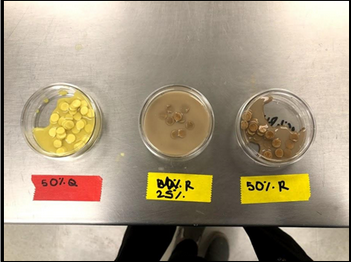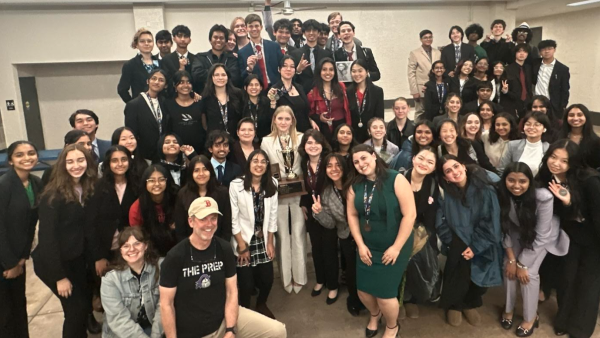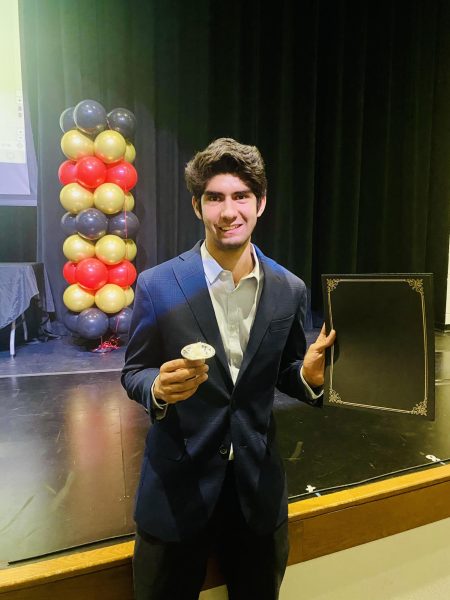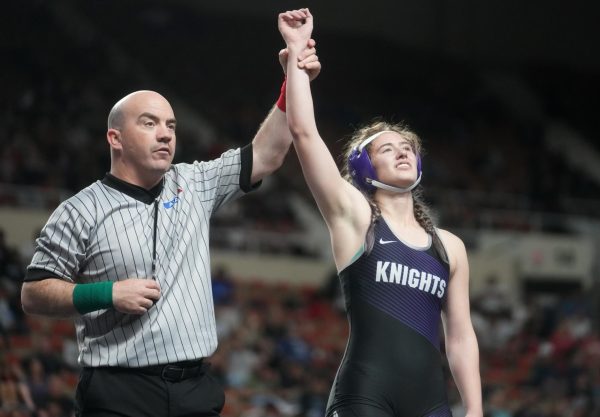Michelle Sheikh’s Ingenious Project at the Arizona Junior Science and Humanities Symposium
Junior Michelle Sheikh submitted a project for the Arizona Junior Science and Humanities Symposium this weekend. AZJSHS is a prestigious scholarship program for high school students in science, technology, engineering, or mathematics (STEM). Individual students compete for scholarships and recognition by presenting the results of their original research efforts at Arizona State University, ASU Polytechnic Campus: https://azjshs.org/
Michelle competed as a semi-finalist this weekend, solving the matter of burn wound infections. The finalists, who have been selected, will attend the National Symposium on April 15-18 in Norfolk, Virginia. The national award winners can earn up to $12,000!
I interviewed Michelle some questions about her project and what she is trying to achieve:

Q: Can you give a brief description of what your project is?
A: With this project, I’m trying to find a solution to the devastating issue of burn wound infections. My goal is, through the use of low-priced flavonoids, to have accessible treatment that can be used in place of antibiotics that underdeveloped countries might not have. For the United States, I’m hoping that this project can serve as a possible solution to the antibiotic resistance crisis we have in burn wound infections.
Q: How are you planning on achieving it?
A: I will be doing additional testing in the ASU School of Life Sciences Lab, and continuing my research through new experiments regarding mixing flavonoids and synthetic antibiotics.

Q: What made you choose this experiment?
A: The problem of burn wound infections is a public health issue globally, which was one reason as to why I wanted to tackle this issue. However, what really inspired me was the story of a two-year-old Syrian refugee, Aaliyah, who passed away due to a burn wound infection. When I read Aaliyah’s story, and found out her death was easily preventable, I really wanted to find a solution.
Q: How did you put this experiment to the test?
A: I began testing flavonoids on E.coli and S. epidermidis in early January, and that was by creating a simple dilution solution out of flavonoid powders. This upcoming week, I will be going back in the lab to test a mix of synthetic antibiotics and flavonoids on E.coli and S.epidermidis to see if that can more effectively kill bacteria.
Q: What expectations did you have for this project?
A: Honestly, this project has exceeded my expectations; I was so surprised to see it was doing as well as it is now. It wasn’t really an expectation, but a goal of mine would be to get it published in a scientific journal!
Congratulations Michelle, on this phenomenal project you’re pursuing; ACP wishes you the best on this project and all your future endeavors!











